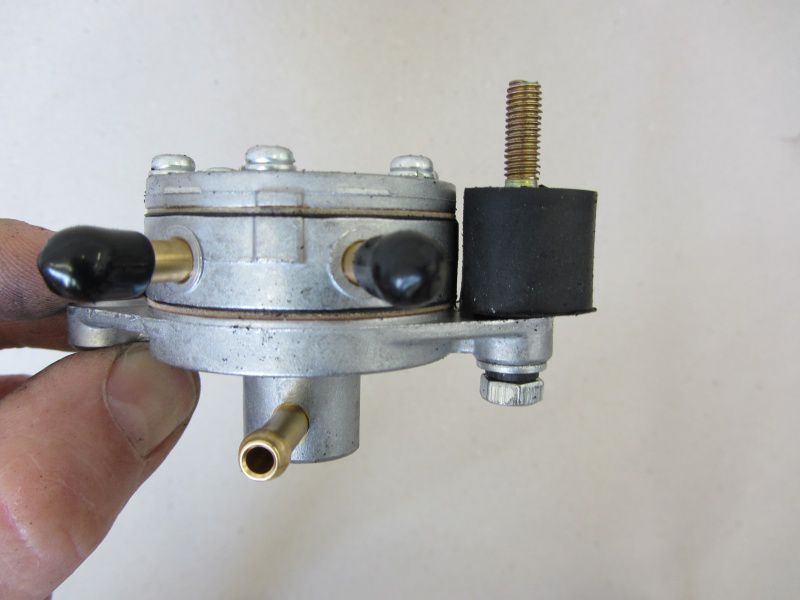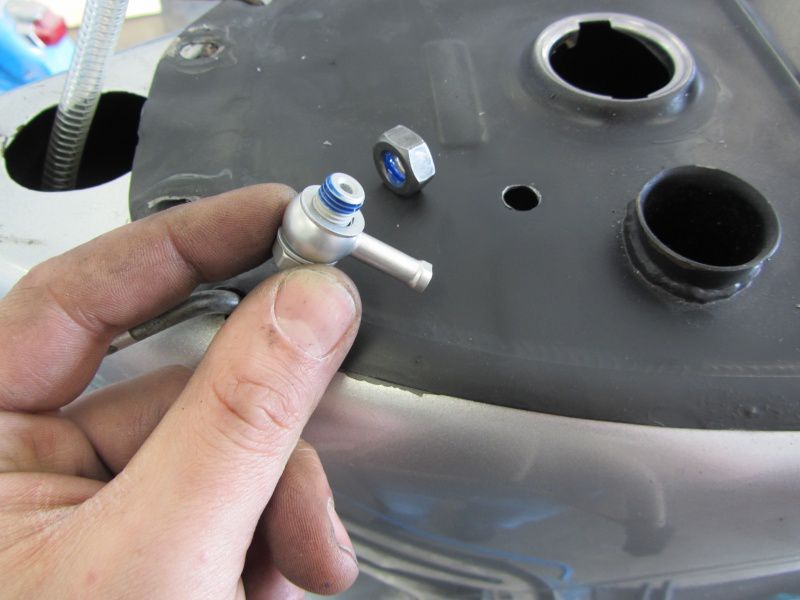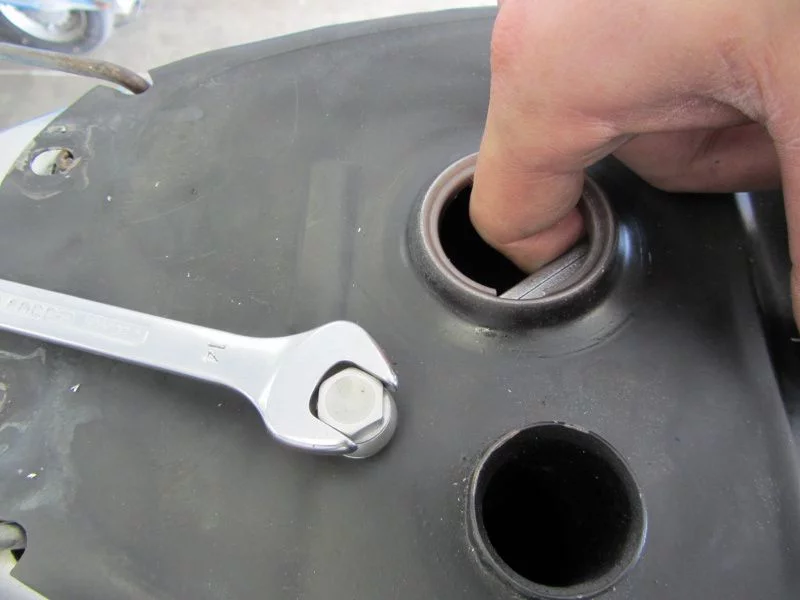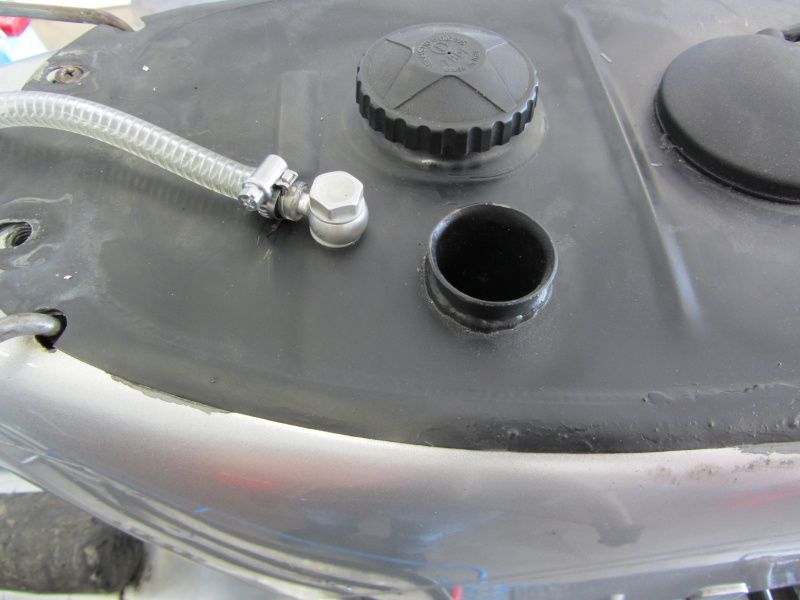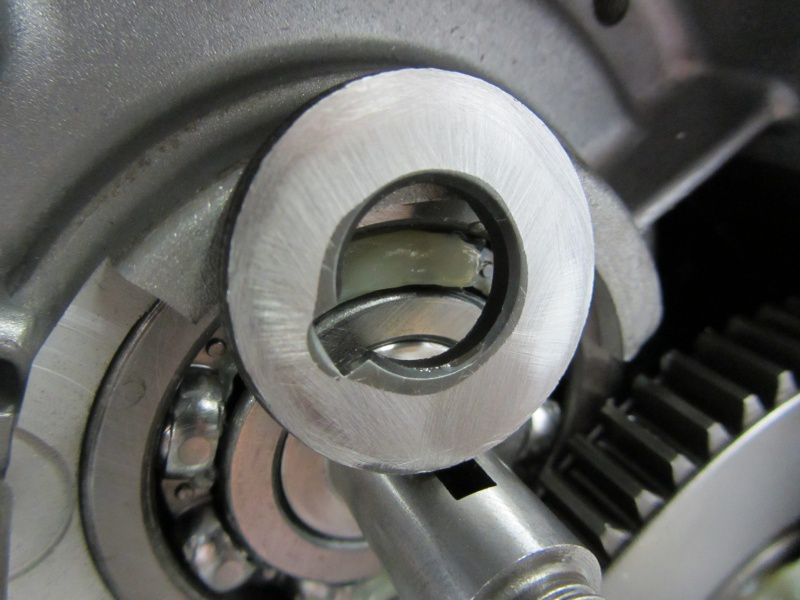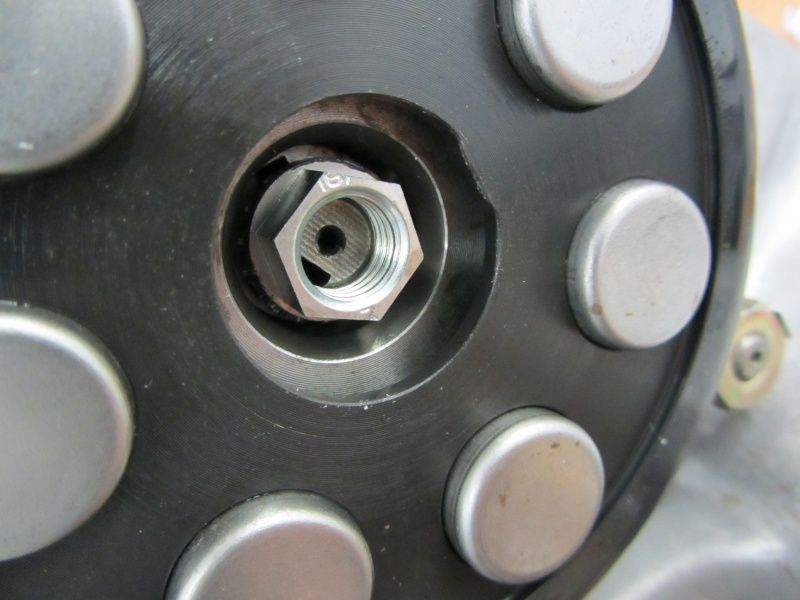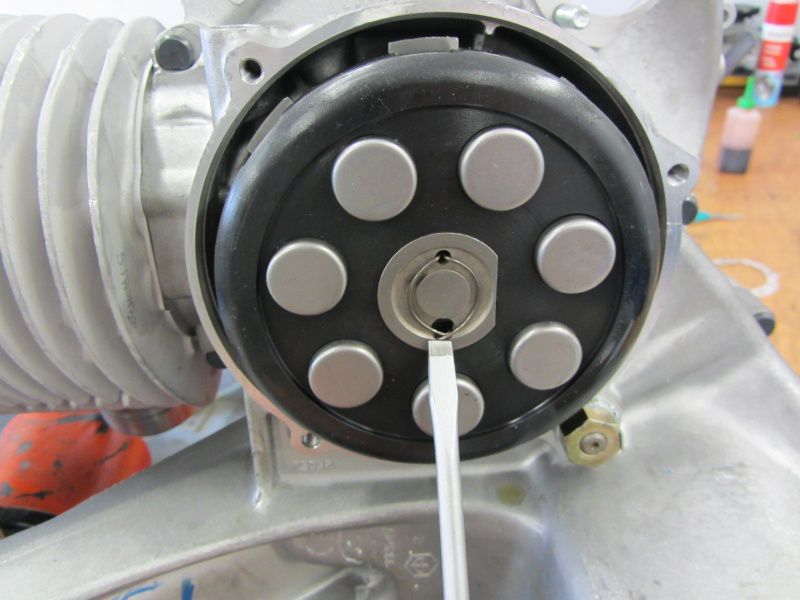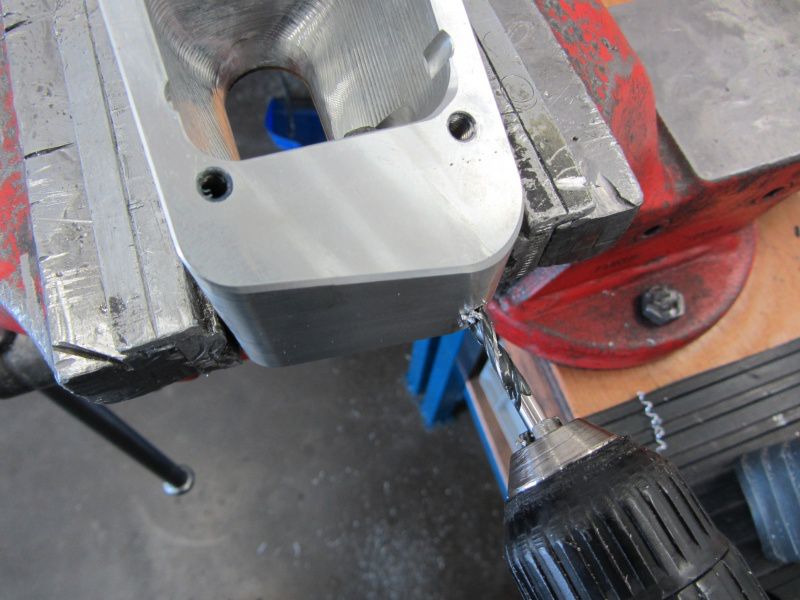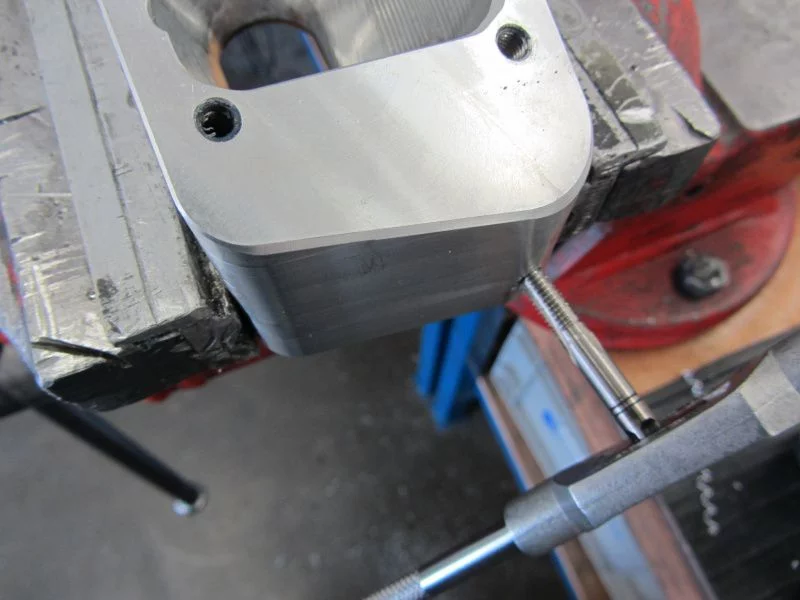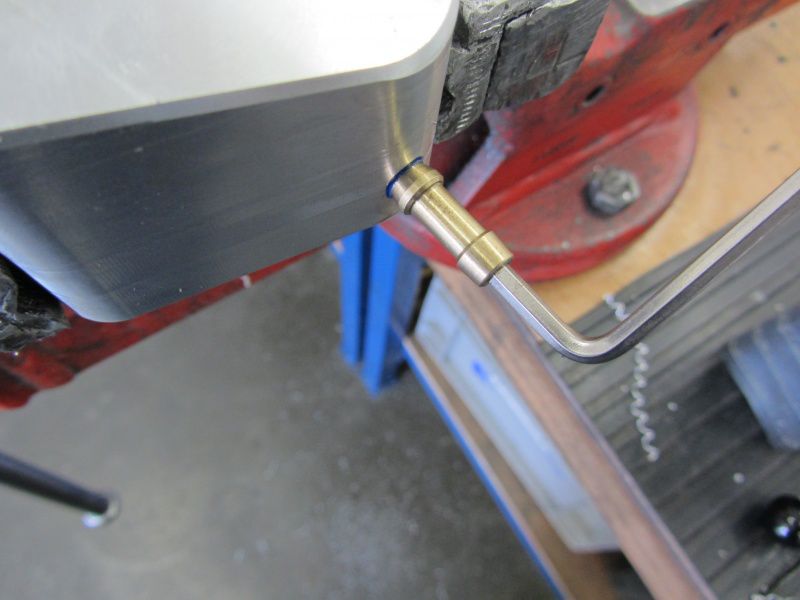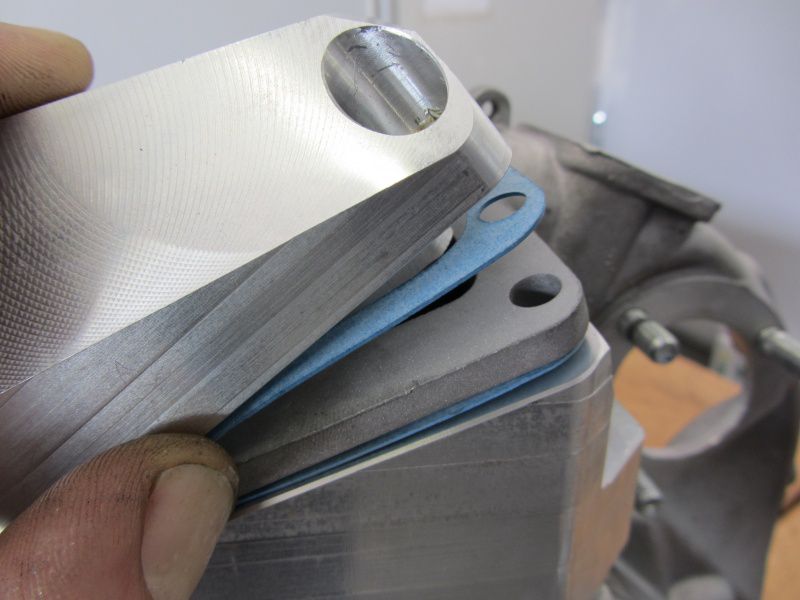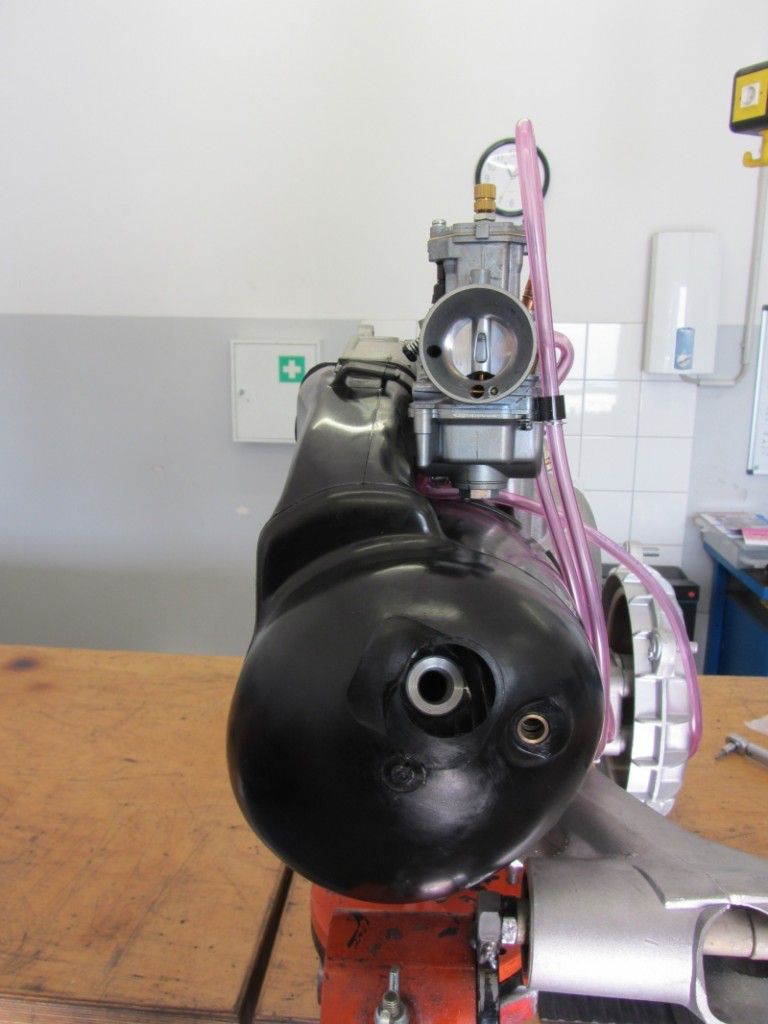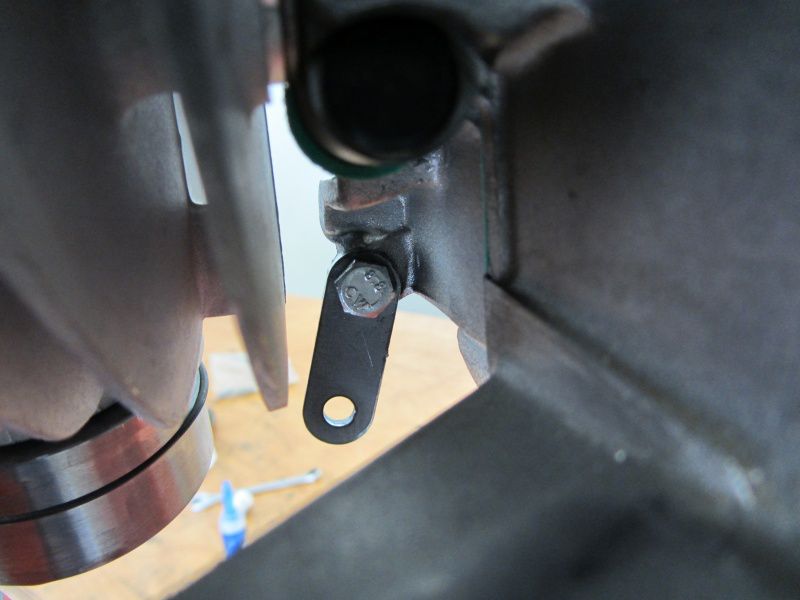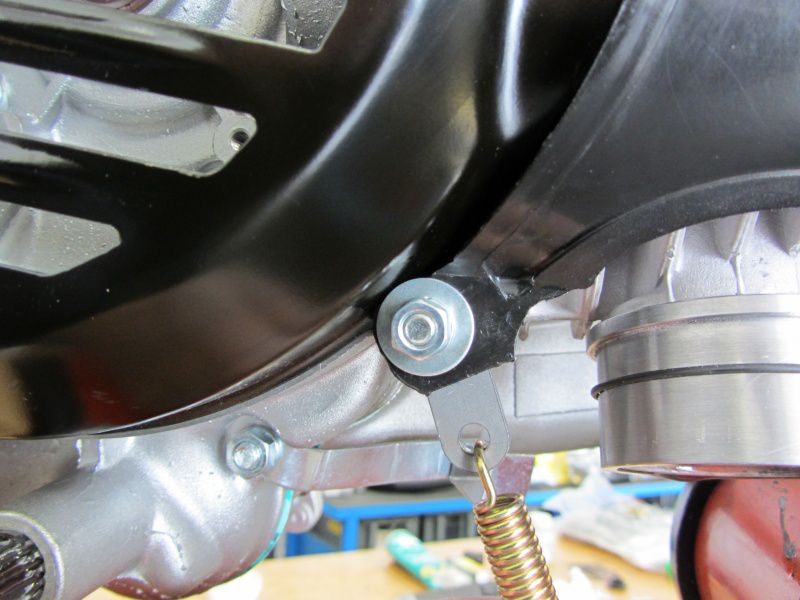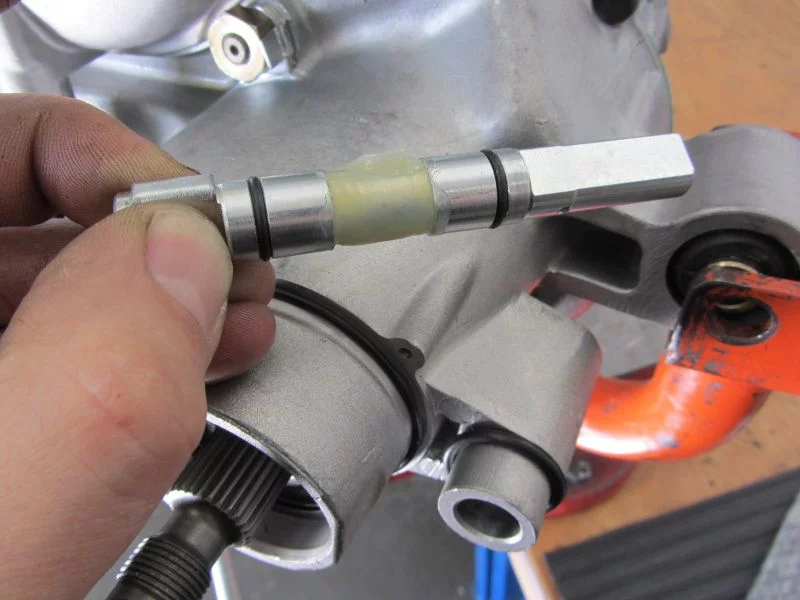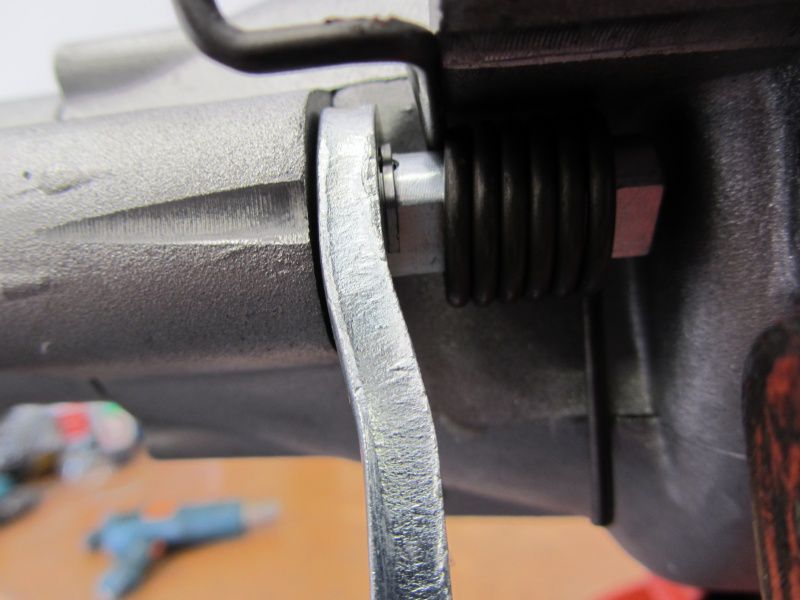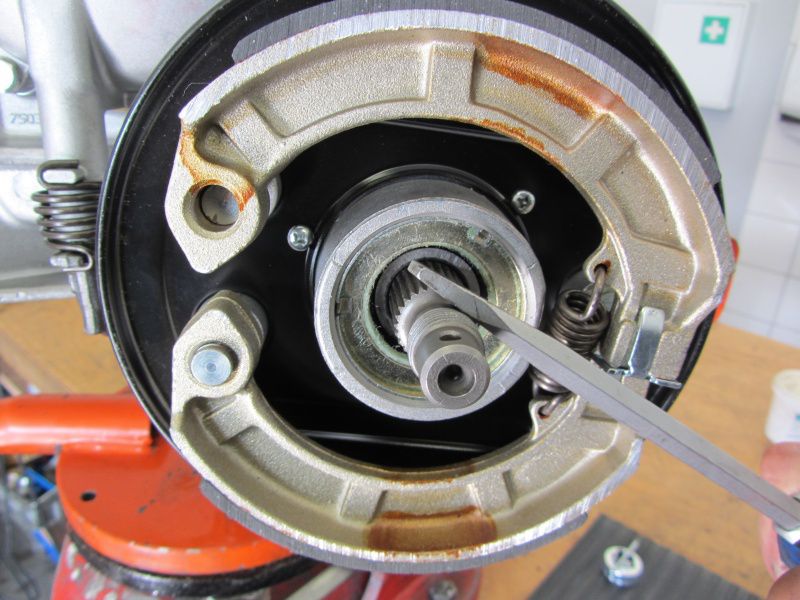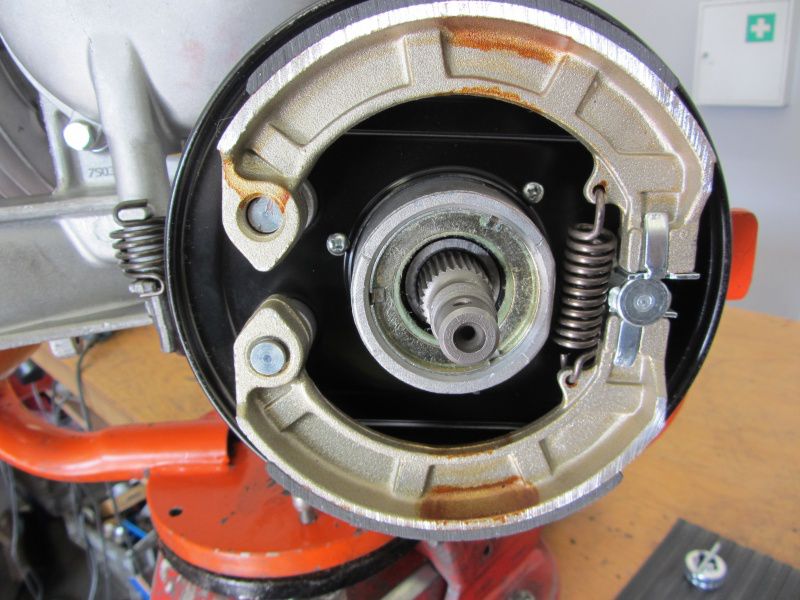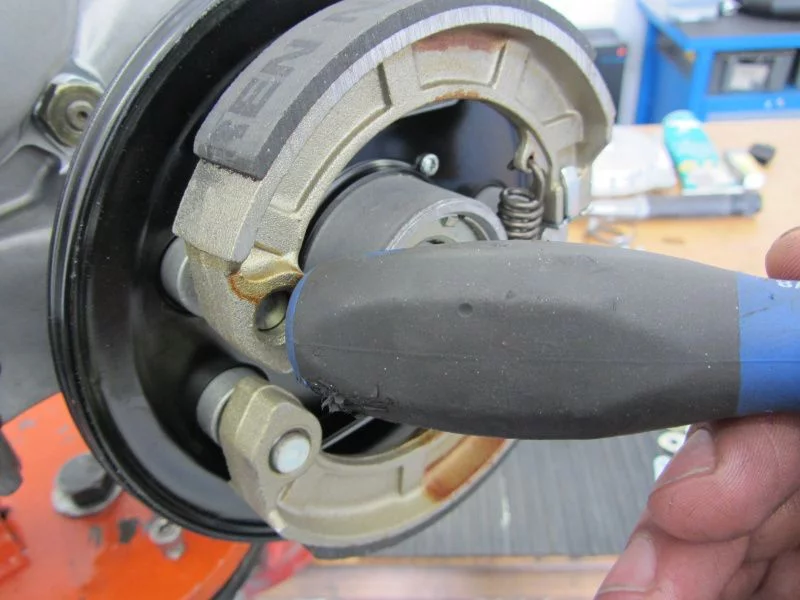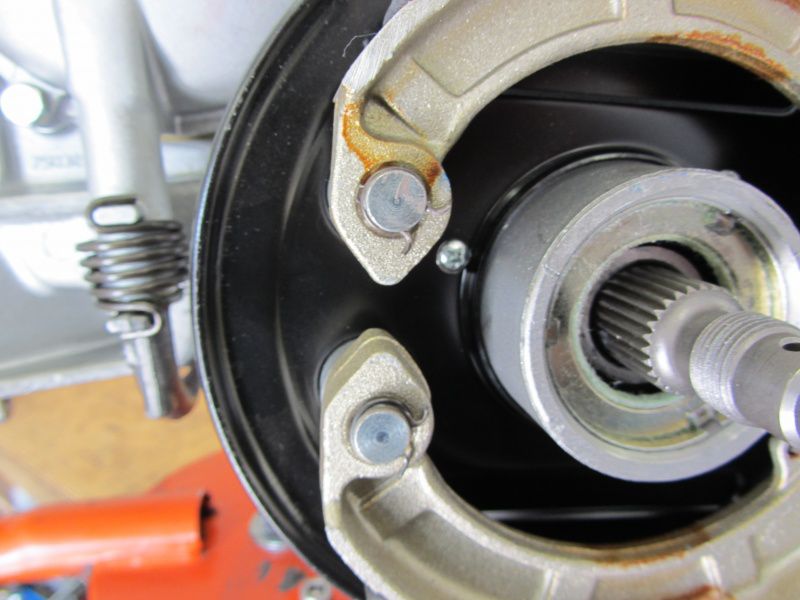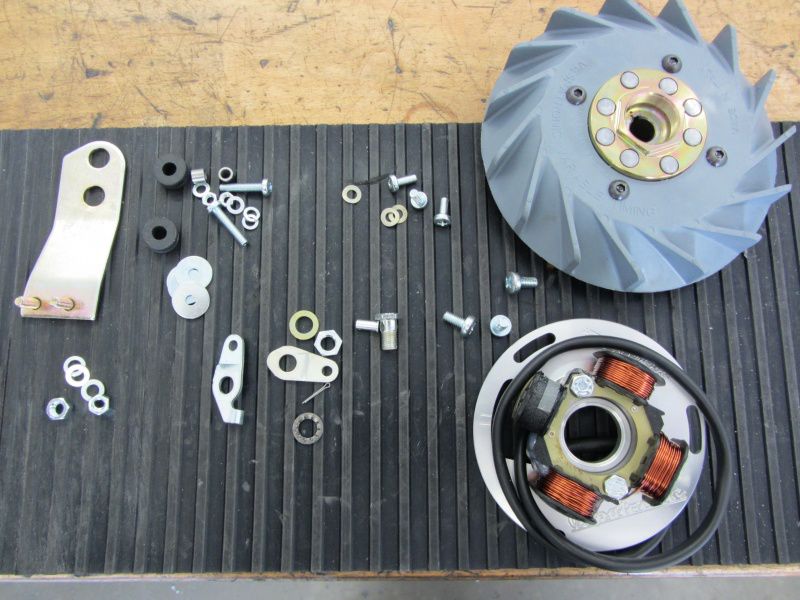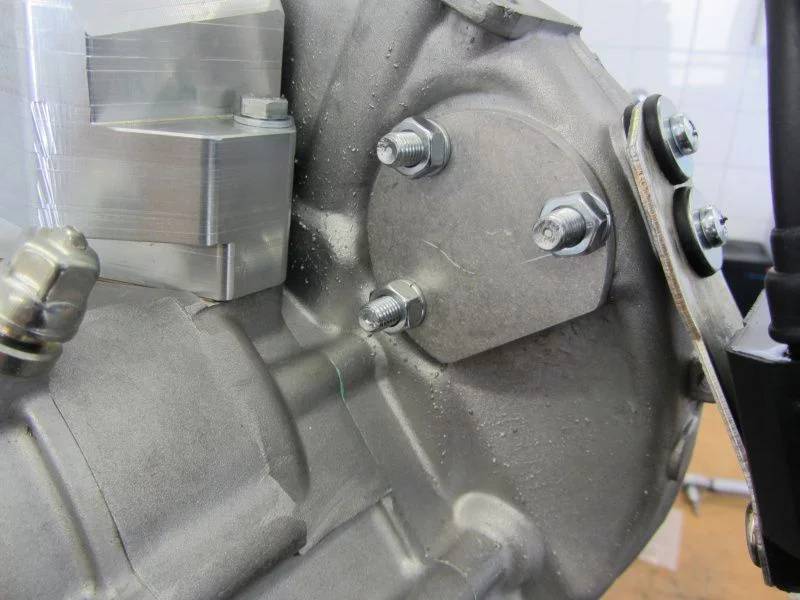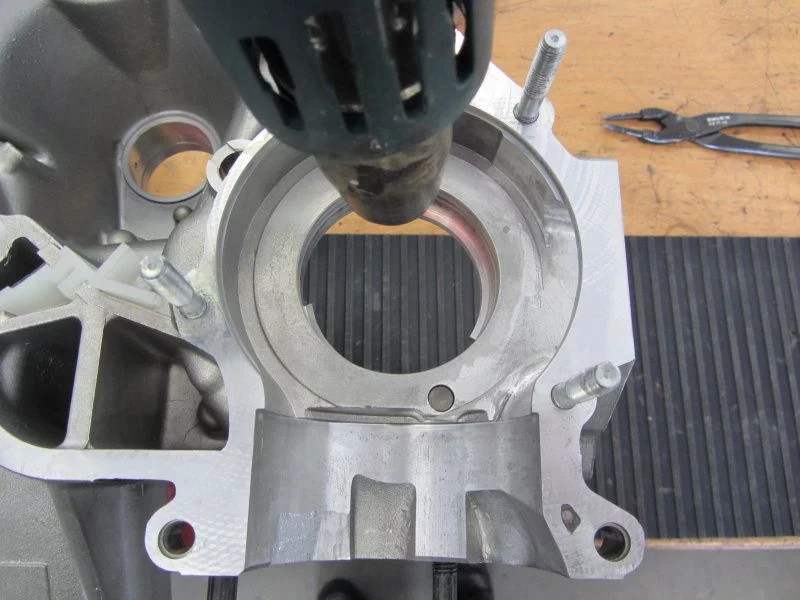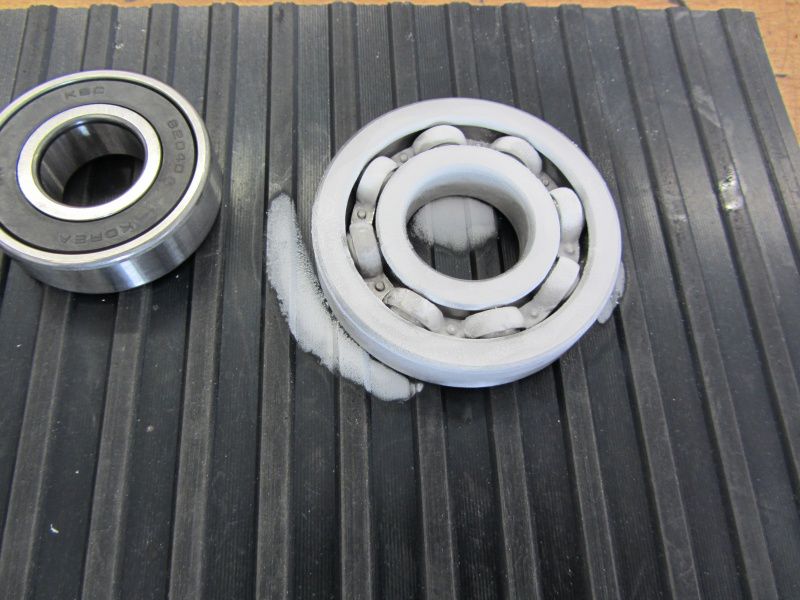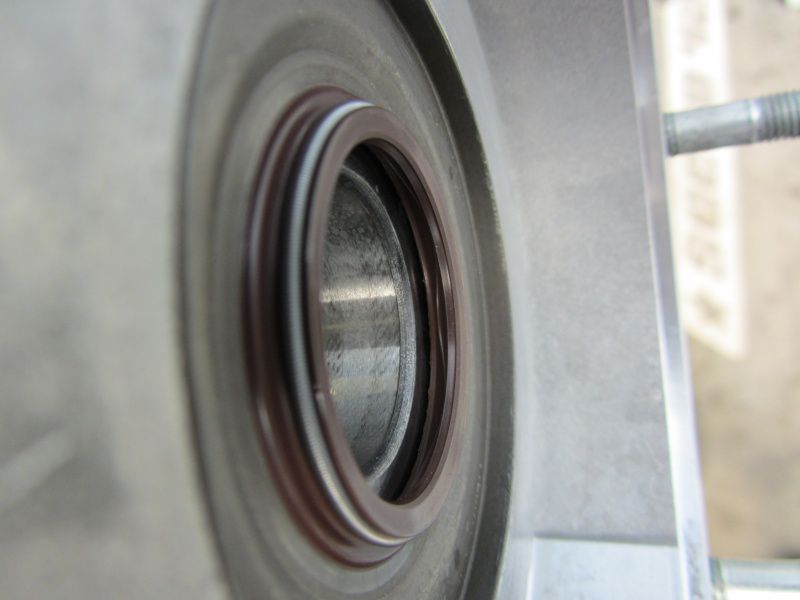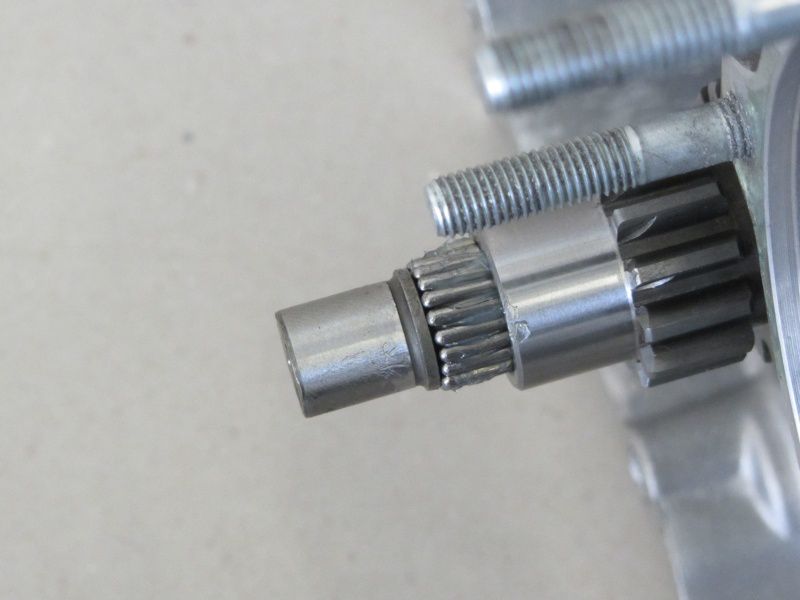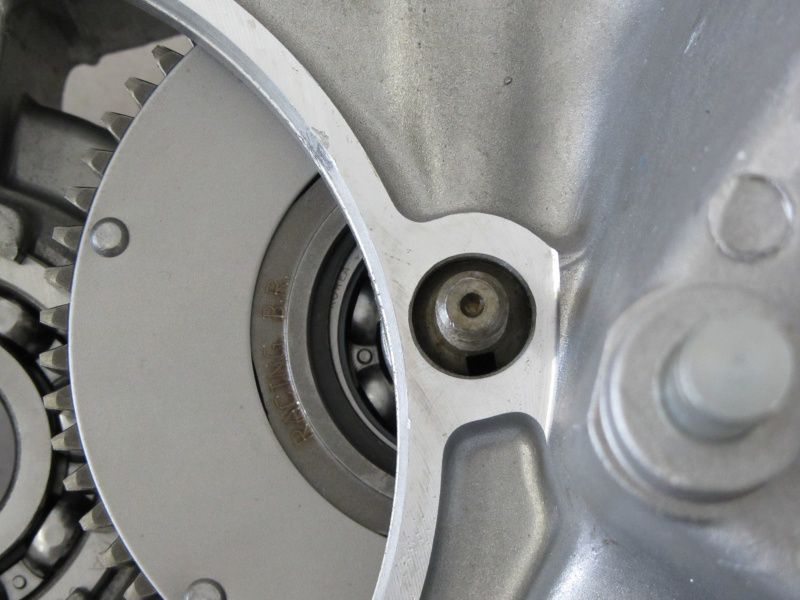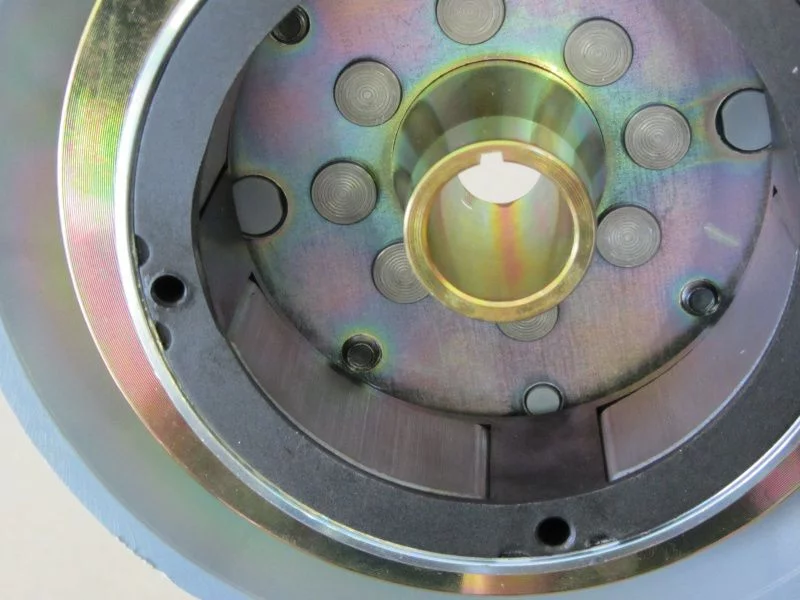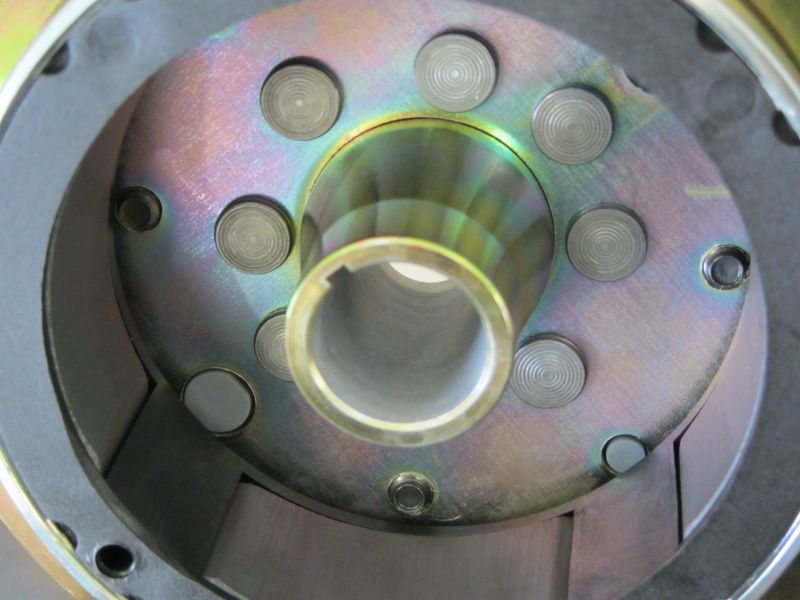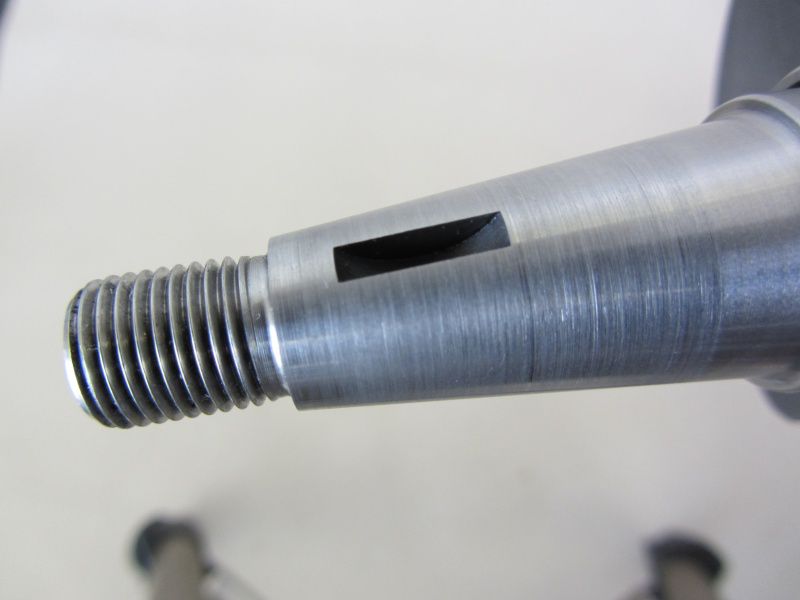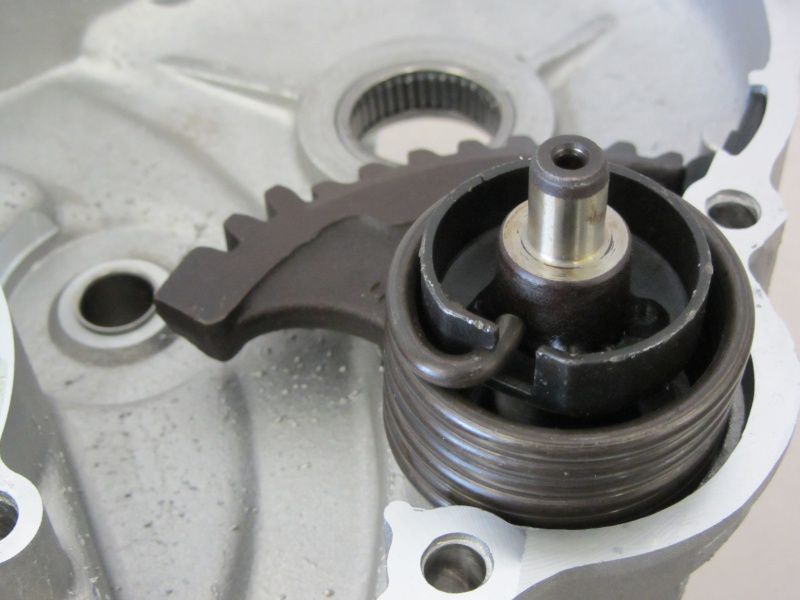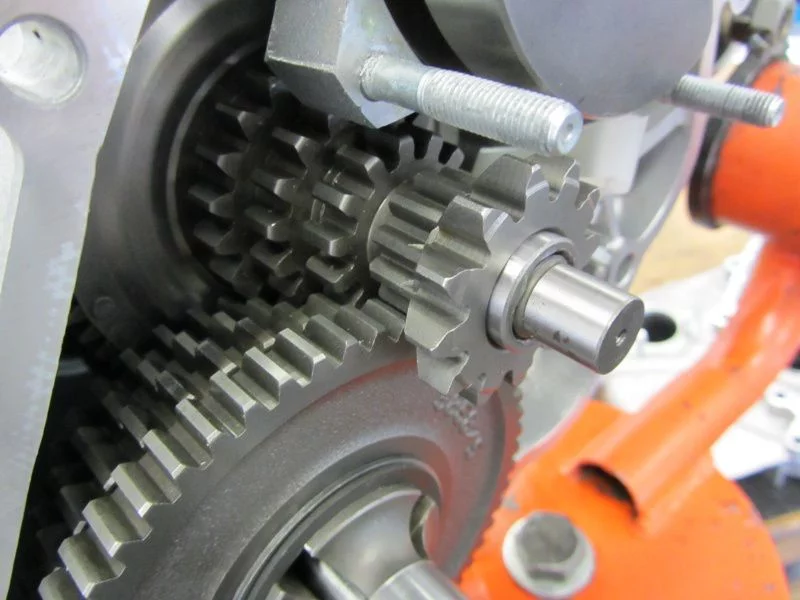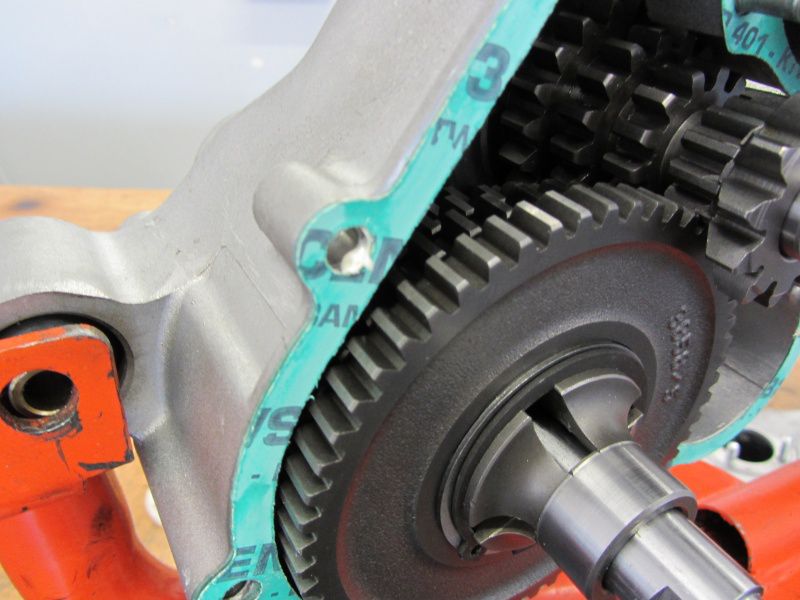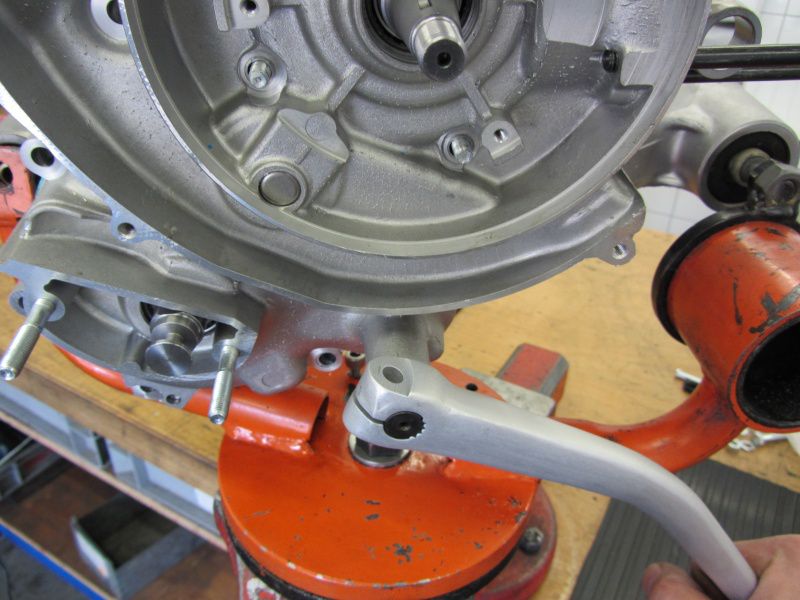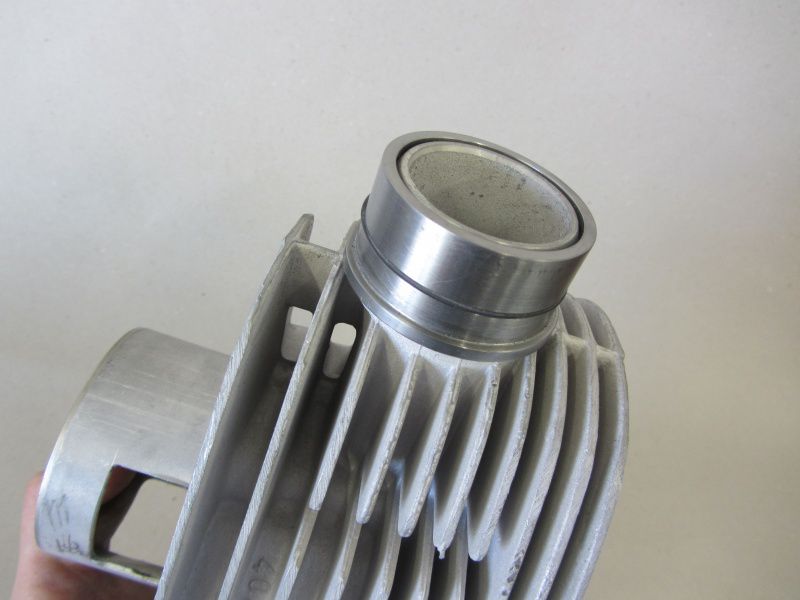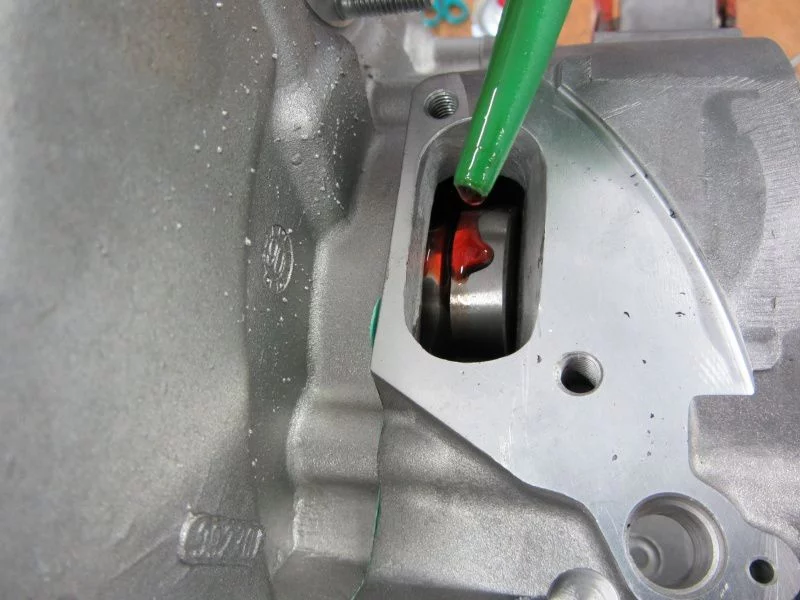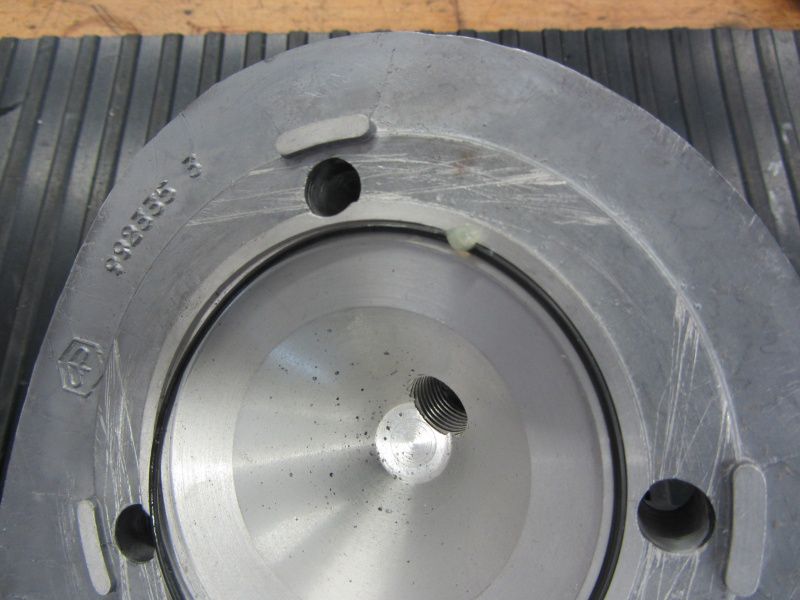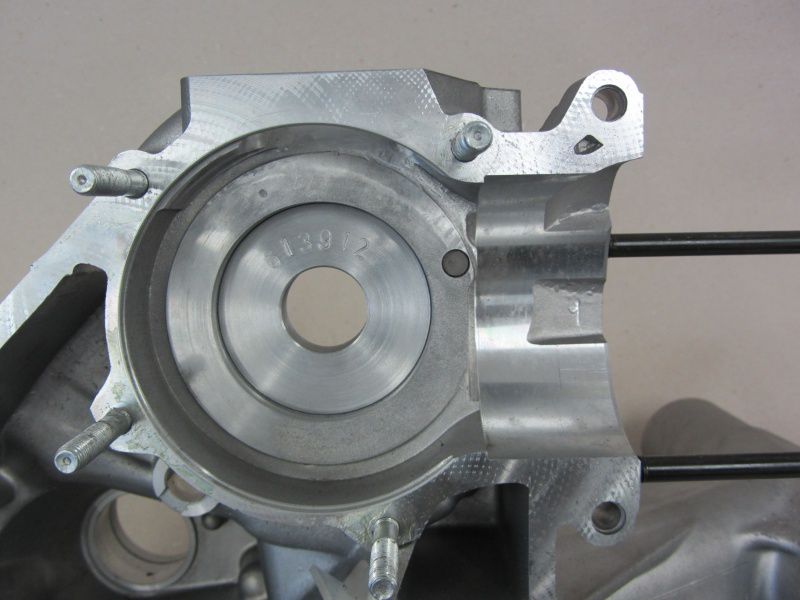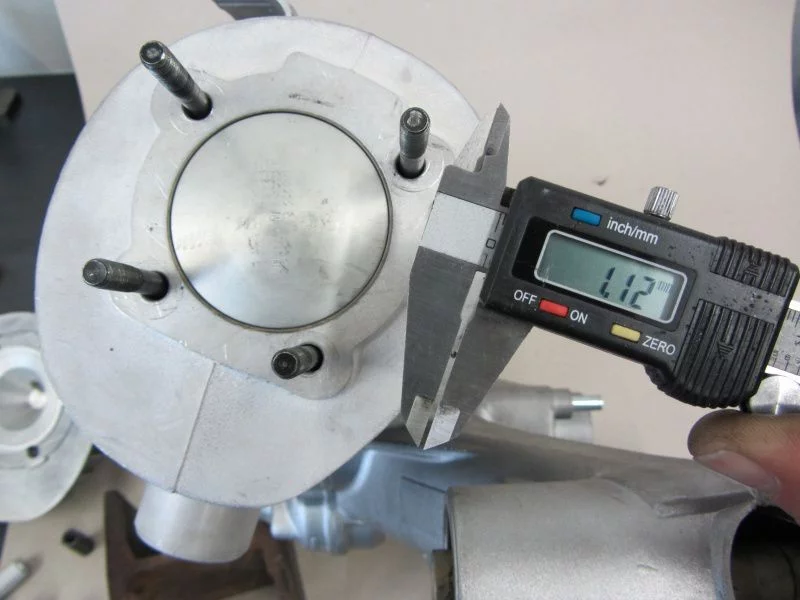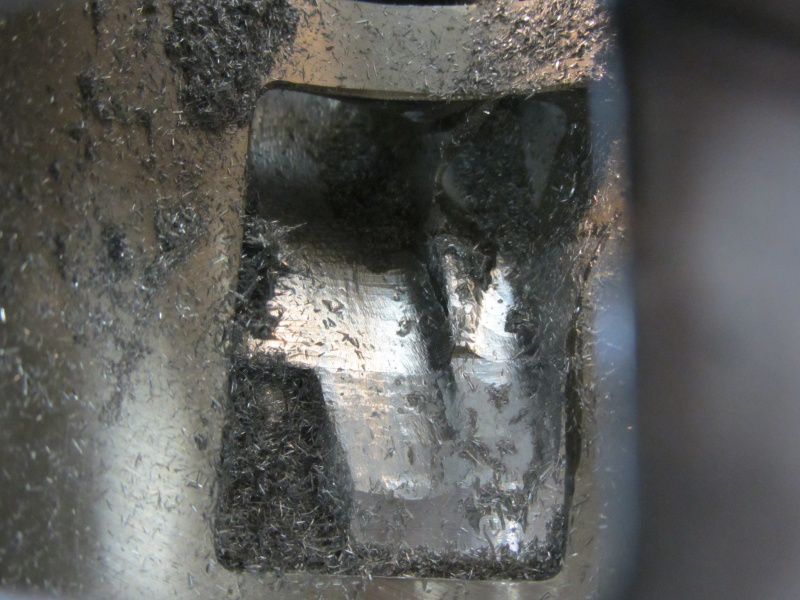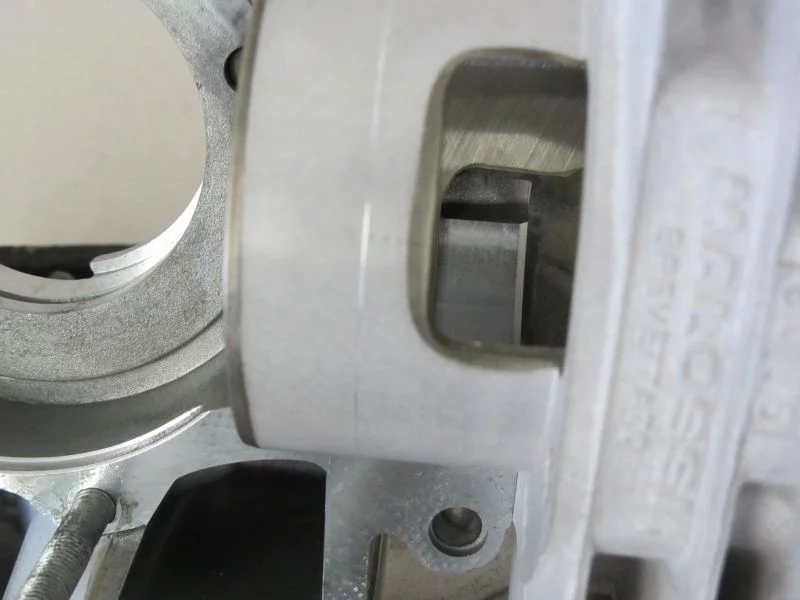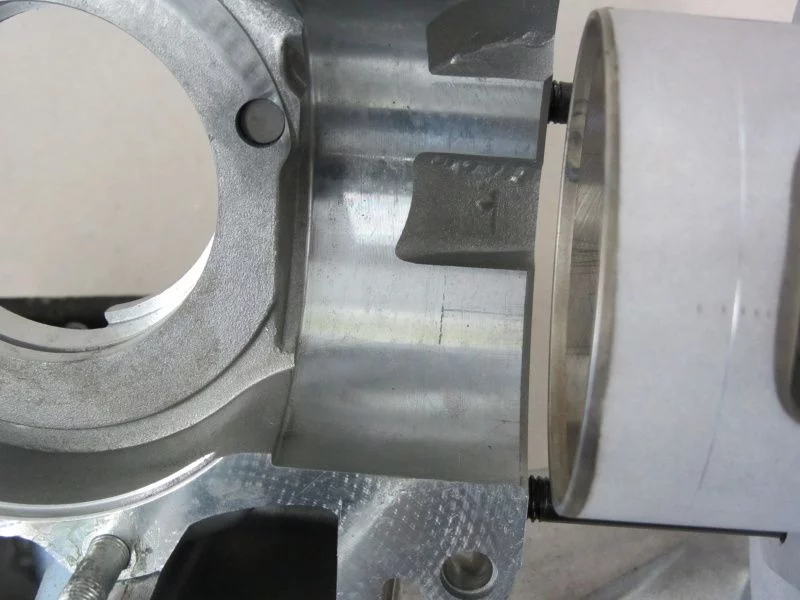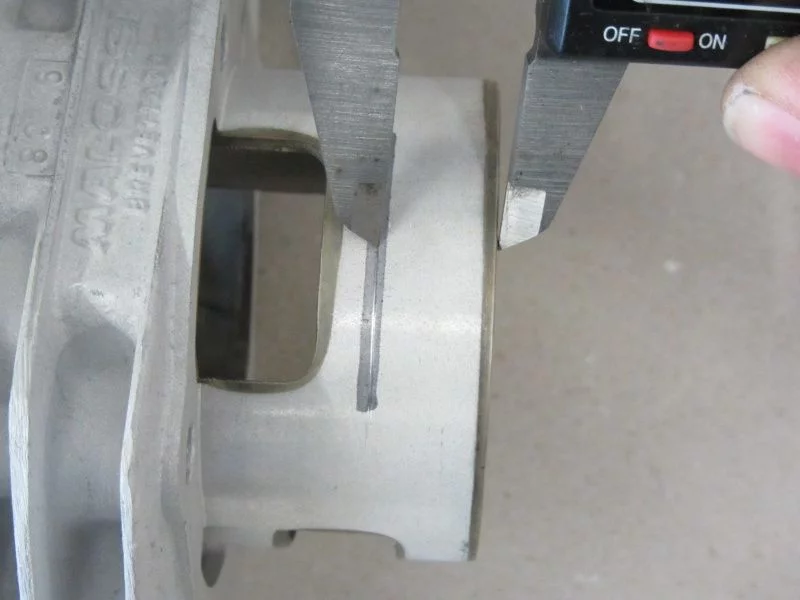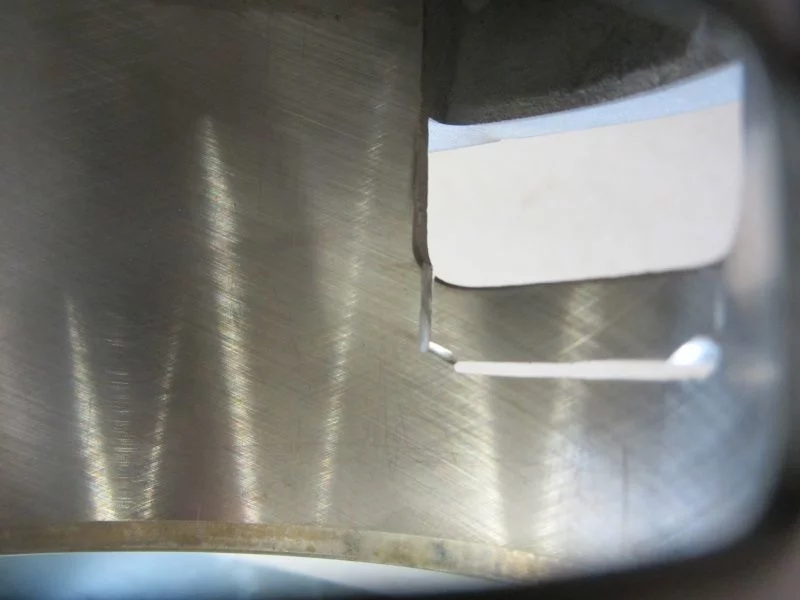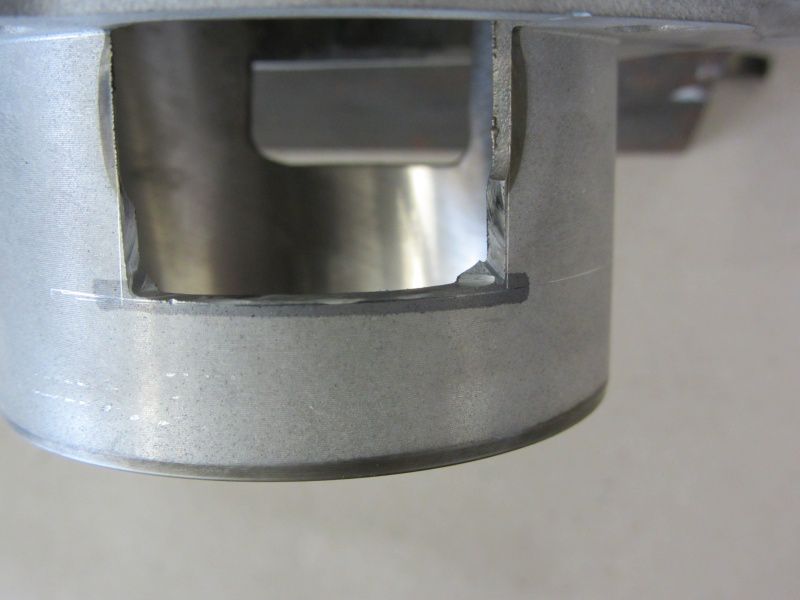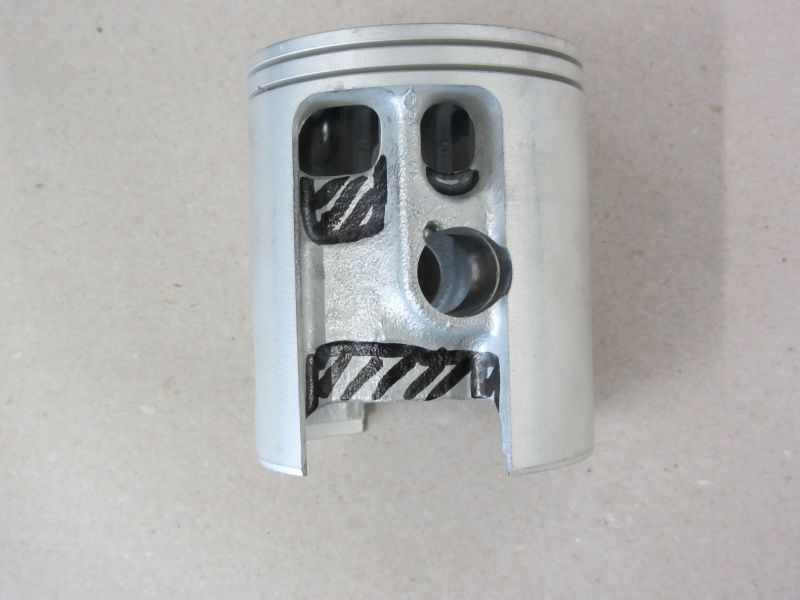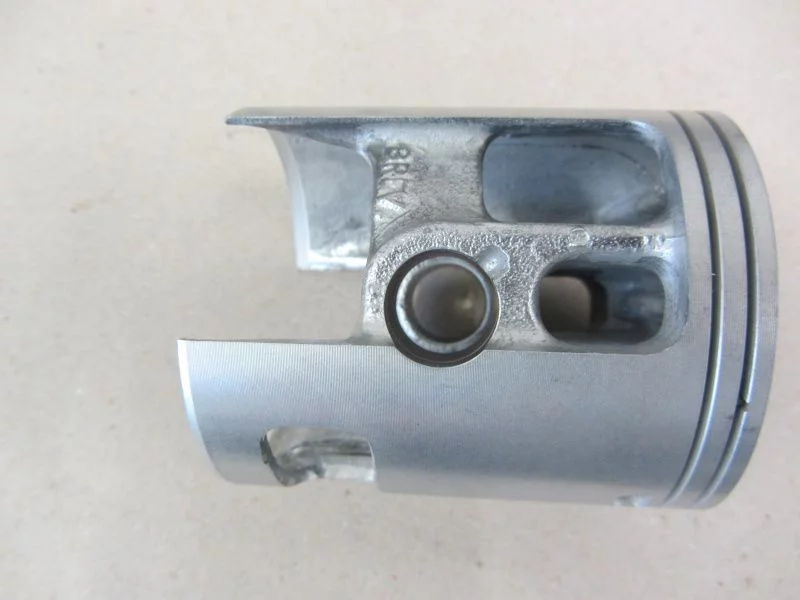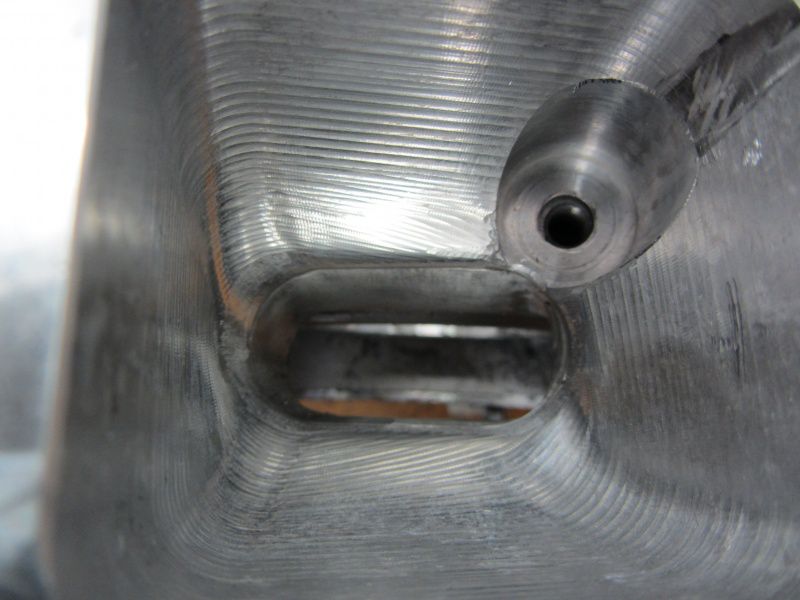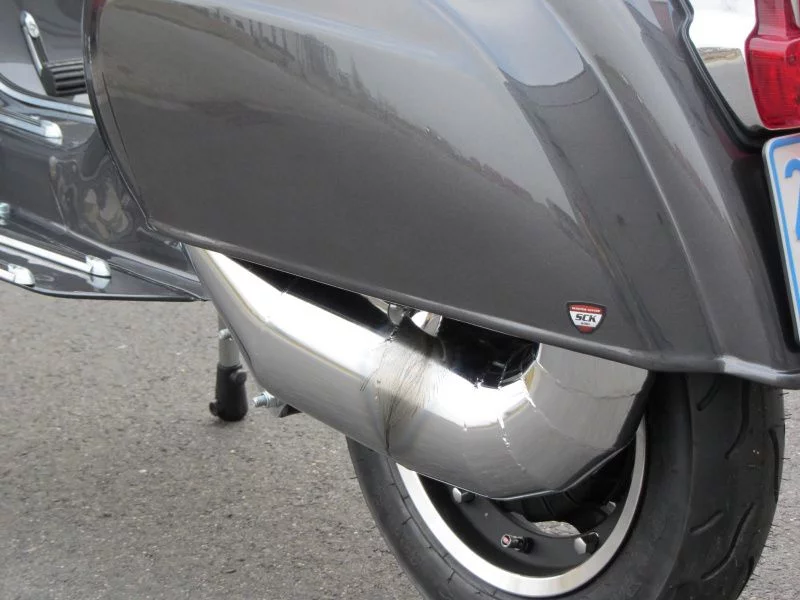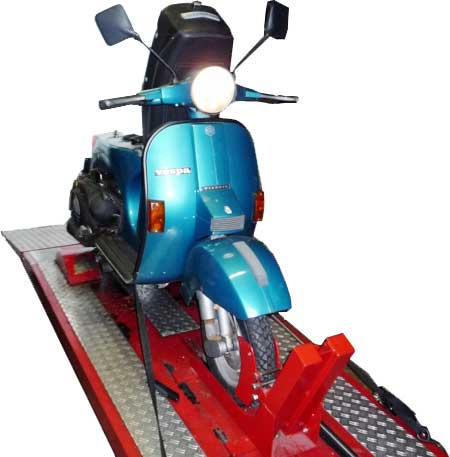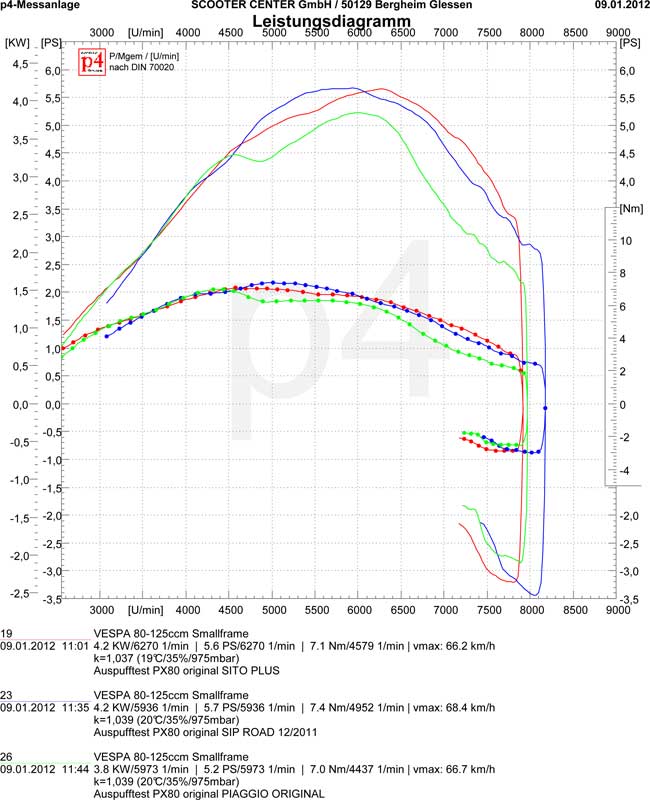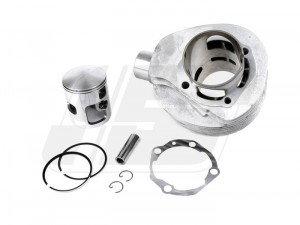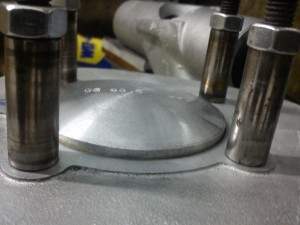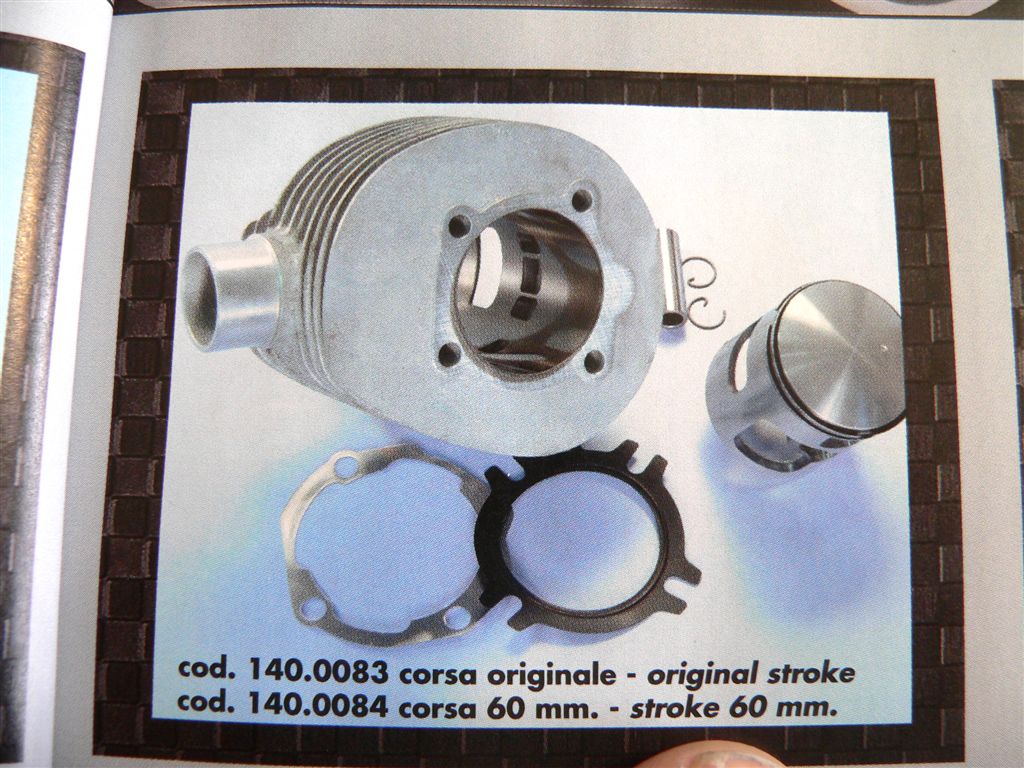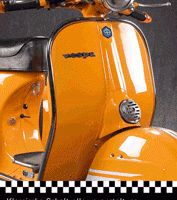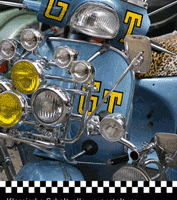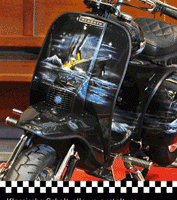As already mentioned, the inflow of the 28 Keihins poses a potential problem area.
As a result, the inlet is slightly above the lowest position in the tank there is a risk that the gasoline flow will be obstructed by an air bubble.
To avoid this problem as much as possible, we are installing one Fuel pump.
The petrol pumps that are usually used are operated via a vacuum membrane, so it is best to position the pump at the lowest point in the system.
The Silent rubber serves as a suspension and should, if possible, prevent the gasoline from foaming due to excessive vibrations.
We use a very tried and tested fuel hose Toyox hose. A metal spiral inside, high wall thickness and a very small possible bending radius characterize this hose and make it relatively insusceptible to mechanical influences.
Provided with the hose salad that is necessary for the time being, it then looks like this.
For explanation:
The upper, middle connection of the pump leads to the vacuum connection in the membrane box.
The connection on the right of the pump leads to the tank.
From the left connection it goes a little on one Y-connector from there the right connection leads to the carburettor. The upper connection forms the return to the tank. The outlet for the return is positioned a little higher so that any air bubbles that may appear can make their way back up into the tank.
With a bypass system there is the possibility that the air is always pumped in a circle and the pump output is greatly reduced.
Diaphragm pumps and Keihin carburetors have something in common, a strong dislike for dirt.
The well-intentioned sieve on petcock in the tank keeps larger chunks out, but that is nowhere near enough. Smaller dirt particles tend to be deposited in the chambers of the pump until a heart attack occurs and the pump finally quits the service.
The fine Mr. Keihin reacts much more sensitively and immediately to dirt, constant overflow and booby behavior in the idle area are just two of the possible expressions of displeasure.
That is why we put a filter in front of the entire gasoline household.
The crystal clear OMG filter have also proven themselves in our racing team, here in the picture below.
We use a for the return to the tank Brake banjo.
To do this, of course, a hole has to be drilled in the tank.
Please, please, drilling holes in a tank requires extreme caution.
So that the tank and humans do not end up as a ballistic experiment in low-earth orbit, the tank should be rinsed beforehand and, to be on the safe side, with water or CO2 to fill.
With threadlocking let's use the banjo.
A sure instinct is required when tightening the screws.
Return finished.
As with the braking system, the banjo comes with Aluminum seals attached.
With the front brake and a T5 fender, it continues tomorrow.

